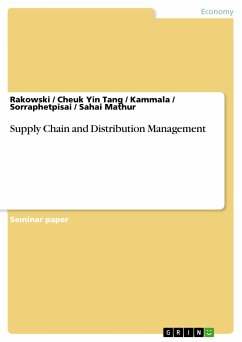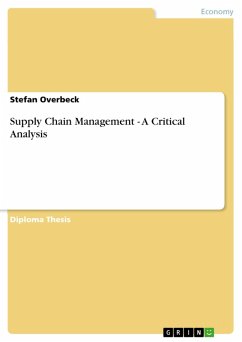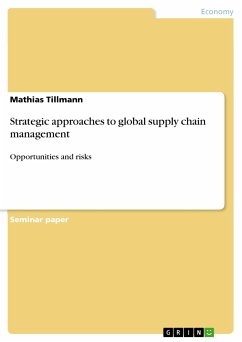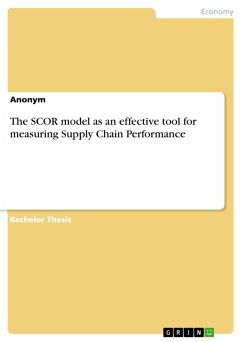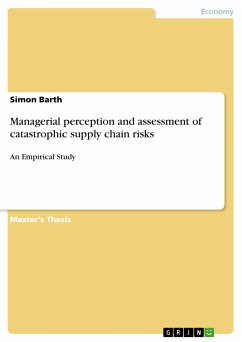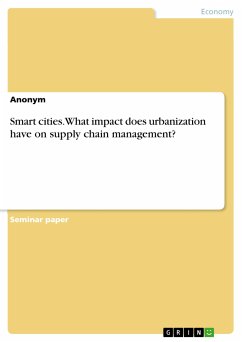Seminar paper from the year 2009 in the subject Business economics - Business Management, Corporate Governance, grade: 83 %, University of Western Sydney (Sydney Graduate School of Management), language: English, abstract: This assignment will explore various aspects of an efficient Supply Chain and Distribution Management System. The authors believe that after reading this work, a company knows exactly what needs to be considered when creating a successful Supply Chain and Distribution Management System. The examples, chosen in the text, of companies such as Dell, DHL, Wal-Mart, as well as Toyota illustrate how companies achieved improvements in their Supply Chain or Distribution Management System. Additionally, the authors explain various manufacturing processes used by different companies. What needs to be understood is that the costs, time and risks involved have to be carefully planned, evaluated and continuously observed as the environment can change very quickly. In today’s environment it is supply chains competing against each other rather than companies competing against each other (Fynes, De Burca and Voss, 2005). “If you are not able to meet your customers increasing specific demands, you will not be able to compete with those who can - and will” (i2, 2008).
